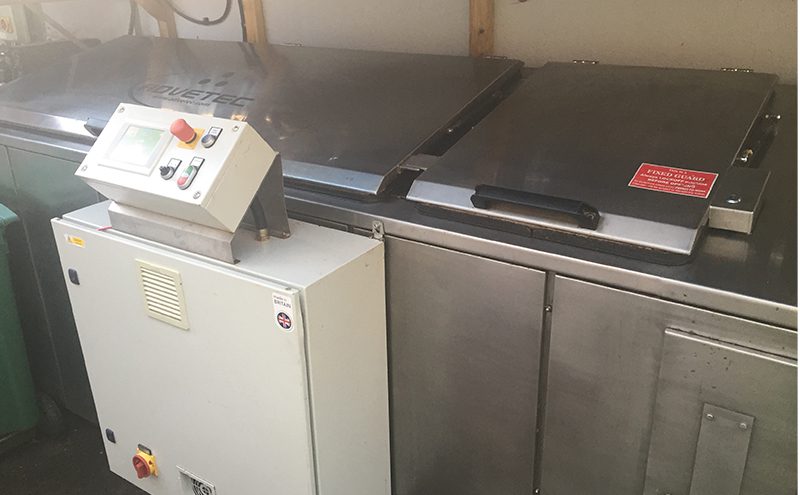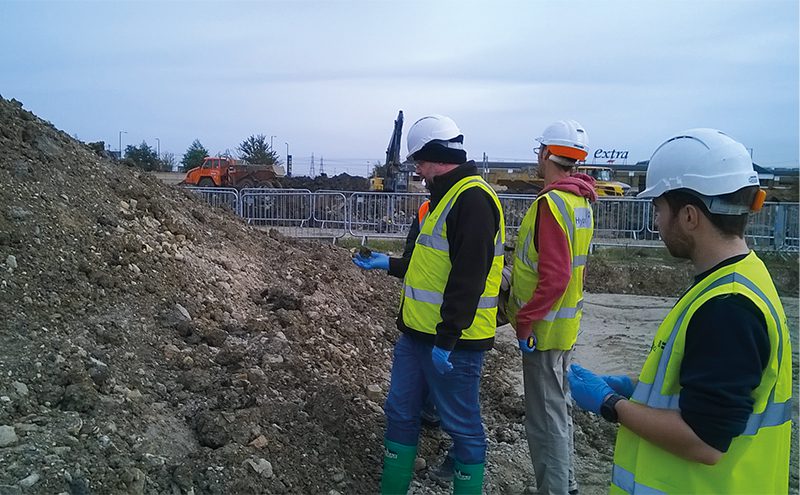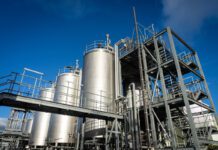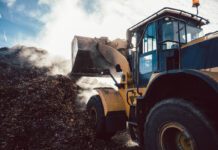From locking in unpleasant odours to reducing bulky waste and cleaning up hydrocarbon contamination, biotechnology company Advetec says bacteria-driven solutions can produce valuable results in unexpected areas. Chief Operating Officer Richard Goff highlights those areas where the most exciting progress has been made.
Waste comes in many forms and poses widely different challenges, but where organic waste is involved, even as only one component in a more complex stream, it is surprising how often a customised bacteria-based solution can make a significant impact on the problem.
£600,000 new investment of in laboratories and staff is allowing us to focus on unfamiliar sources of liquid and solid waste which are causing smells and contamination, each of which is best addressed in a different way. The common thread running throughout is the fact that the accelerated action of bacteria. The alternative is often the unsustainable, costly and increasingly unacceptable option of sending larger amounts of waste to landfill.
But not all applications of our biothermic technology are part of a waste reduction and disposal route. When it comes to odour problems generated by organic matter, other bacterial products provide a sustainable alternative to unsustainable (or simply ineffective) odour-neutralising options.
Locking in ammonia
In one current trial on a UK poultry farm, we are spraying the indoor litter used to soak up excreta from the birds. Rather than allowing the ammonia in the waste to escape, which then requires venting and can create an environmental nuisance in the neighbourhood, the bacterial solution locks it in. This has the additional benefits of optimising the amount of ammonia in the litter, so increasing its end-of-life value as fertiliser, and also helping to keep disease among the birds in check.
Treating it
With other types of animal waste, a customised solution is able to treat and reduce the organic component, rather than lock it in. We have trialled the Advetec XO which rapidly digests organic waste in an abattoir, acting as a secondary process following primary filtration of waste liquids and suspended solids in a Dissolved Air Flotation (DAF) plant. Separating out the water and any suspended solids from this mix, leaves the filter cake with a solids content of typically 20% or 25% solids.
This residue, together with the ‘paunch’ (undigested feed and grass from the animals’ bellies) was put through the XO, though undigested grass can be more challenging for bacteria to break down than other organic matter.
Because the stimulated bacterial digestion process in the reactor is exothermic, up to 80% of the water content evaporated off. At the same time, the bacteria carried out their aerobic digestion of the organic content. Overall, a mass reduction of 70-80% was achieved. This much-reduced residue was ready to be spread back on the land by farmers.

In an ideal world, the source separation increasingly being offered in on-the-go and leisure settings would generate largely segregated waste streams of cans, bottles, food waste and so on. But so far, at least, such provision has delivered, quite literally, only ‘mixed’ results.
Again, the XO has an important role to play in this very different waste environment. Working with companies which collect and process waste from UK ferries and which are keen to reduce the weight of that waste, together the results determine how much they pay for transport and disposal.
Once larger objects have been removed from the ferry waste, the remaining material is shredded and passed through the reactor. Depending on the ferry route, this may include catering as well as consumer food waste. This application has yielded some impressive results. Even where the organic (mostly food) content is only around 30%, we have seen reductions in mass of between 60% and 90%.
Bespoke blends for soils
Bacteria have been used to treat contaminated soils in the past, and this is another exciting area the specific benefits of our tailored blends are being trialled. On one old gasworks site, exposed soil containing long-chain hydrocarbons is being sprayed every two weeks or so as the topsoil is turned.
Having taken a soil sample, we were able to develop a blend of bacteria optimised for the breakdown of long-chain molecules into short-chain hydrocarbons, which are more volatile and likely to evaporate.
This is a great example of biochemistry providing a simple and sustainable solution which also saves money. The site developers had the alternative option of removing and shipping for safe disposal all the contaminated soil, but this would have proved prohibitively expensive, and would simply have moved the contamination problem from one place to another.
Finally, some interesting new areas of problem-solving for technology featuring bacteria are not so much radical new departures, but extensions building on what we have already achieved. For example, we have biothermic digesters running very effectively in small to mid-sized hotels, reducing the volume of waste, including food waste, by up to 66%. At the Best Western Plus Centurion Hotel at Midsomer Norton near Bath, one such system has been operating for in excess of 20 months, 24 hours a day.
Now, Advetec has demonstrated that bacteria can have an equally beneficial effect in reducing a different kind of on-site waste. Hotel and restaurant kitchen drains typically have fat traps, but if these are doing the job they were installed to do, they will periodically become clogged up. We have demonstrated that a blend of our bacteria will, literally, eat away at the fat, and have installed automatic dosing systems to ensure that fat traps are never allowed to become blocked.
Chemical-based substances will do a similar job of reducing the volume of fat, but once again, our bacteria have demonstrated that they can provide a solution which is not only effective but also sustainable and affordable. With ‘fatbergs’ in the sewage system having achieved near-celebrity status in recent months, perhaps it is time for our tailored blends of bacteria and bio-stimulants to step into the limelight, too?







